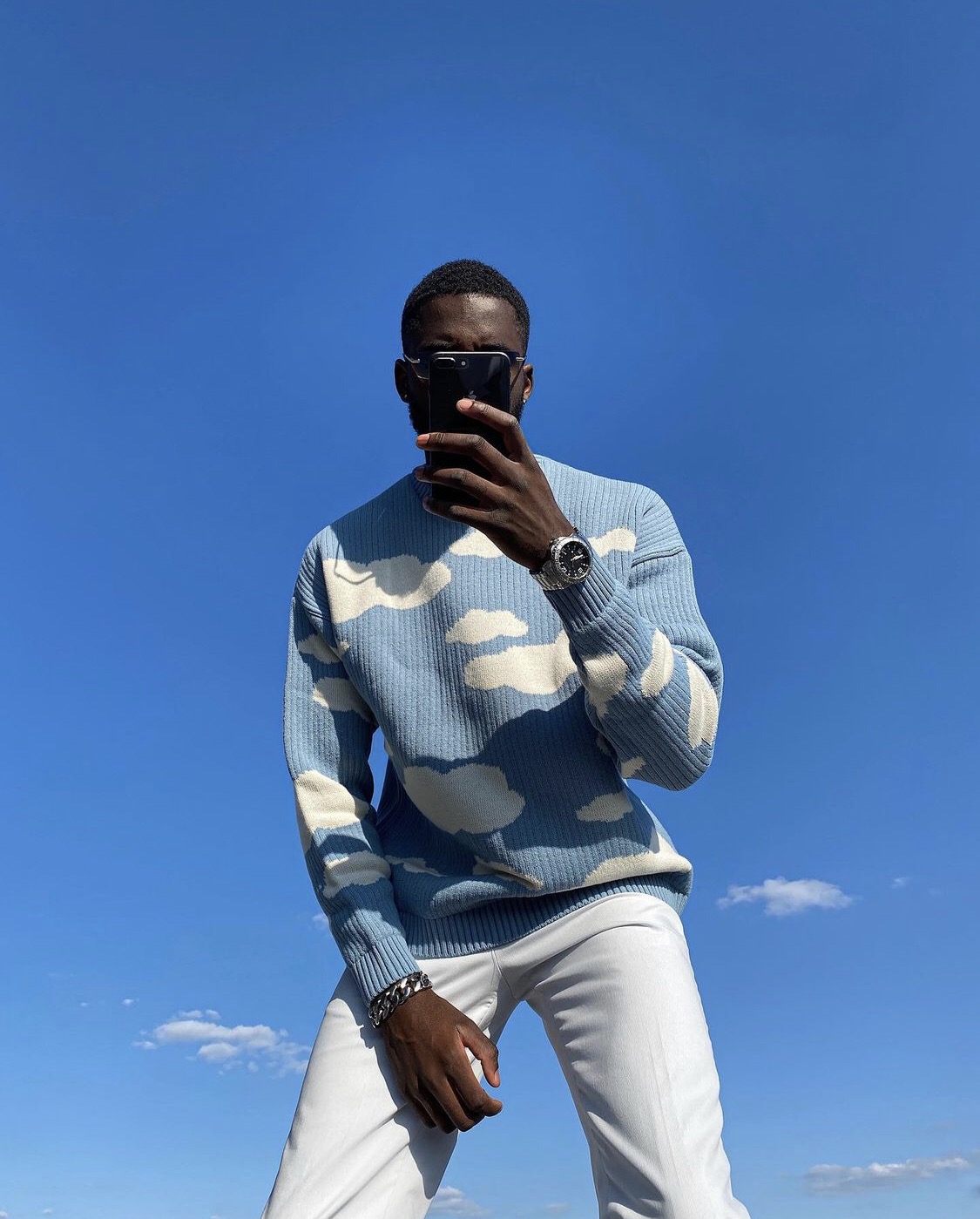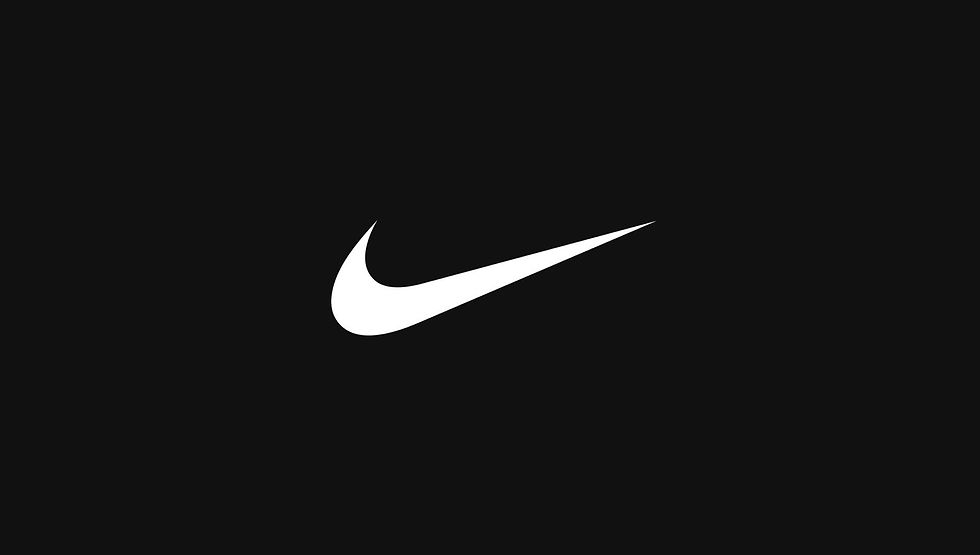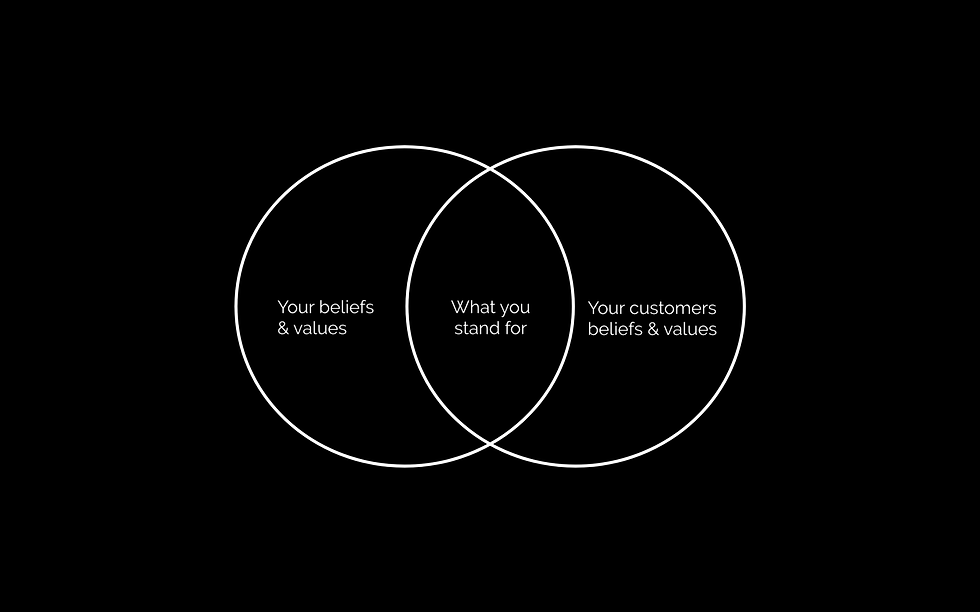Why you need a brand strategy for your fashion business
- Tobi Efunnowo

- Apr 22, 2021
- 5 min read
The key to growing your fashion business

If you’re reading this, then you likely own and(or) run a fashion-based business, and you are looking to scale up and grow. You want to get your products beyond the borders of your country, you don’t like your logo or website, you want a better social media appearance, or you’re just unsure where your business fits in the market? Then this is definitely for you. This article is a quick overview of what you need to know about the brand in front of your business and how it can help you grow your business.
This article is organized in a way that you can self diagnose your brand state and highlight the possible changes you need to make.
What is a brand?
First off, what is a brand not? it‘s not:
Your logo
Your product
Your promise that you have made to the people
A brand is a customer’s gut feeling about a product, service, or company. Customers because brands are defined by individuals, not companies, markets, or the public. It is a gut feeling because people are emotional, intuitive beings. It is broken into ideas, identity, and experience.
it’s not what you say it is, it is what they say it is...

To put it into perspective, Nike isn’t a sports brand because they said so, they are a sports brand because that’s what we feel they are. What they instead did was make a pitch to us using what we required to decide what brand they were.
Branding is HOT right now because:
People have too many choices and too little time. We live in a saturated world.
Most offerings have similar quality and features, i.e., it's either a shirt, a pant, a suit maybe 🤷♂️.
We tend to base our buying choices on TRUST.
The brand connects your business to a group of individuals. These are individuals that are connected with your brand and trust you based on that connection.
You trust who you have a connection to...
You develop this trust by putting out a promise; your brand identity, your products, your communication, and your consistency. As humans, we set expectations, and whenever these expectations are met and surpassed, trust is retained and built. Trust primarily comes from meeting and beating customer expectations.
Have you ever asked why?

Why do people line up in Supreme stores to buy their drops weekly on launch day? Sometimes for products, they haven’t even seen before? There is a promise, a consistency. That’s why when there is a change, everyone feels upset and betrayed. The consistency they were expecting wasn’t there.
Trust is the currency for brands.
Are you still confused about the concept of trust and how it relates to your fashion brand and business?
Brands are like people. They are more than what you see. On the surface, you have:
Identity: How the brand looks. Visual aesthetics.
But underneath there is the;
Capability: the product; what problem does the product solve? How does it make them feel when they use your product? What emotions are triggered?
You don't have control of how people percieve your brand. It's all built across the experiences anyone has with your brand.
The Concept Of Branding
Branding itself is basically identifying or having a brand-type business plan i.e a brand plan. This involved identifying the look and feel of your brand, and the shared values between your company and its customers. Branding gives an accurate answer to the following;
What do you stand for?
Why do you exist?
How do you differentiate?
How do you position your company to stand out?
What connects you to your customers?
This will also determine your verbal toolbox;
What are the right words that you use?
How do you want to speak?
How do you want to be seen? ( a friend? a leader? An ambassador? A hero? etc.)

What then is brand strategy?
This involves defining the heart and soul of your business and how it can be positioned to the correct audience that will give your business its biggest chance at growth. A logo, identity, and even a visual system are to be designed based on a brand strategy and not just taste. A brand strategy is the best possible chance for your business to grow. Every successful team has a strategy regardless of the industry they belong to.
It is separated into two broad parts
Planning
Execution
Planning
This involves setting elements that express your brand. There is little to no visual elements involved here. Rather, it is the thinking process behind your brand. It is essentially a discovery. Discovery of the following;
Your internal brand: These include elements such as your brand purpose, vision, mission, and values (why you exist), your brand positioning (the conceptual territory you belong in the marketplace, and the mind of your customers).
Your target audience: This is the most important phase as it is the backbone for the other phases. Here you will discover who they are, and what they want. Their archetypes (personality frameworks), demographics (circumstances of their lives), and psychographics (their behaviour). These things will paint the silhouette of what your audience looks like.
Market landscape: Understanding your competition (what your audience had available to them). You do not want to offer the same thing.
Market position: This involves a deeper understanding of your business model (luxury, designer, premium, or vertical fashion), market segmentation (Haute couture, ready to wear, diffusion, bridge, or mass-market), your stylistic identity, brand communication levels and objectives. A clear picture of the market landscape allows you to see gaps and opportunities where you can fill, the difference you can make, and how you will be a better option for your audience.
Brand personality: This is essentially taking an audience or group of people and making a business more attractive to those people through the personality traits they are attracted to. This is a plan to convince your audience of the impact you want to make, and how you say it. They are embedded in the touchpoints and will help you build an amazing customer experience. Brand architecture is also be defined here.
Messaging/communications strategy: This is essentially what you say to convince your audience that you have the value that will impact them. Your brand story falls here. Your story is essential in curating your collection campaigns, your website copy, even your social media content, and captions. Your story essentially tells why your brand is different. Archetypes are amplified in stories, so connect yours to a story and then connect it to a brand.
Execution
This is where the visual design takes place. The deliverables from the planning process essentially drive all the aesthetic decisions here. It involves;
Crafting your brand/stylistic identity: These elements are the visual identity of your brand. Your logo, colour palette, typography, special fabrics or prints, iconic products, patterns, and such.
Crafting your brand collateral: these can either be digital(website or web stores, social media assets, banners, digital posters, etc.) or physical collateral (business cards, brochures, magazines assets, flyers, environmental designs, etc.)
Brand Awareness/Marketing strategy: This essentially involves finding where your audience is congregated and develop messages for them. This is majorly in the form of content and products or services. This will involve an analysis of these channels, developing a plan, content strategy, SEOs, advert placements, and analysis of results over time.
In Conclusion
When starting your fashion brand, there is usually a deeper connection between you and the products you’re putting out, and you likely focus solely on the merchandise, telling your stories through your products, neglecting the actual need to have a means of getting this merchandise in front of the right people. This is not an absurd decision, because having a well designed high-quality product is simply the price of entry into the market. But then there are so many more elements to consider if you want your fashion business to grow. You should, therefore, ask yourself;
How do you get your story in front of the right audience?
How do you make your brand resonate with them?
How do you get them to talk about your brand?
If you can successfully answer these questions adequately, you are well on your way to building an amazing fashion brand and business.




Comments